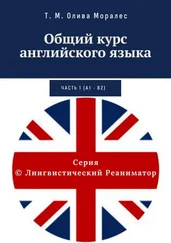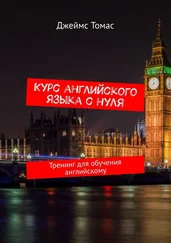112. Use the appropriate form of the Gerund of the verbs in brackets:
113. Use the appropriate form of the Gerund and insert prepositions where necessary:
114. Comment on the functions of the Gerund in the following serlences:
115. Use the appropriate form of the Gerund. Insert prepositions where necessary:
116. Translate these sentences into English, using the Gerund:
117. Point out complexes with the Gerund and comment on their function? in the following sentences;
118. Make up sentences, using the Gerund after the following verbs:
119. Point out gerunds and verbal nouns. Translate the sentences into Russian:
120. Translate into English, using the Gerund:
121. Use the Gerund instead of the subordinate clauses. Insert prepositions if necessary:
122. Complete the following, using the Gerund:
123. Translate the sentences Into English, using the Gerund;
The Participles
124. Point out the First Participle and state its functions in the sentence:
125. Use the appropriate form of the First Participle of the verbs brackets:
126. Translate the sentences into English, using the First Participle:
127. Point out the Complex Object with the First Participle. Translate the sentences into Russian:
128. Use the Infinitive or the First Participle of the verbs in brackets to form a Complex Object:
129. Point out the "Nominative Absolute" construction and translate the sentences into Russian:
130. Translate the sentences Into English, using the First Participle:
131. Replace the attributive and adverbial clauses in the following sentences by participle phrases:
132. Replace the participle phrases in the following sentences by attributive or adverbial clauses:
133. Translate the sentences into English, using attributive participle phrases, where possible:
134. Point out the Second Participle and state its functions in the sentence:
133. Replace the attributive clauses in the following sentences by phrases with the Second Participle, where possible:
136. a) Translate the following word-groups into English. Pay attention to the place of the Second Participle:
b) Make up sentences with the word-groups you have translated.
137. Point out the Complex Objects with the Second Participle. Translate the sentences into Russian;
REVISION EXERCISES ON THE VERBAIS
138. State the function of the Infinitive in the following sentences and translate them into Russian:
139. Complete the following sentences, using infinitives or infinitive constructions:
140. Use the Gerund or the Infinitive of the verbs in brackets. Fill in the blanks with appropriate prepositions:
141. Translate the sentences into English, using the Gerund:
142. State whether the -ing- form is a participle, a gerund or a verbal noun:
143. Point out the verbals and comment on them:
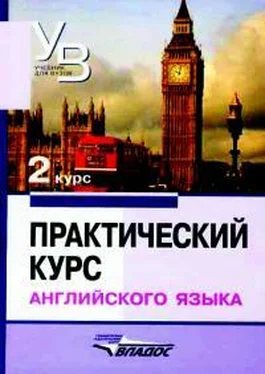
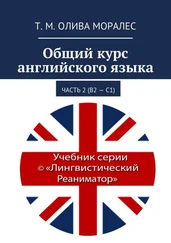

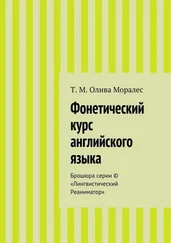
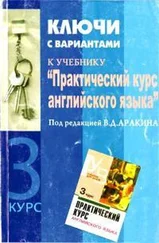
![Владимир Аракин - Практический курс английского языка 3 курс [calibre 2.43.0]](/books/402486/vladimir-arakin-prakticheskij-kurs-anglijskogo-yazyk-thumb.webp)





